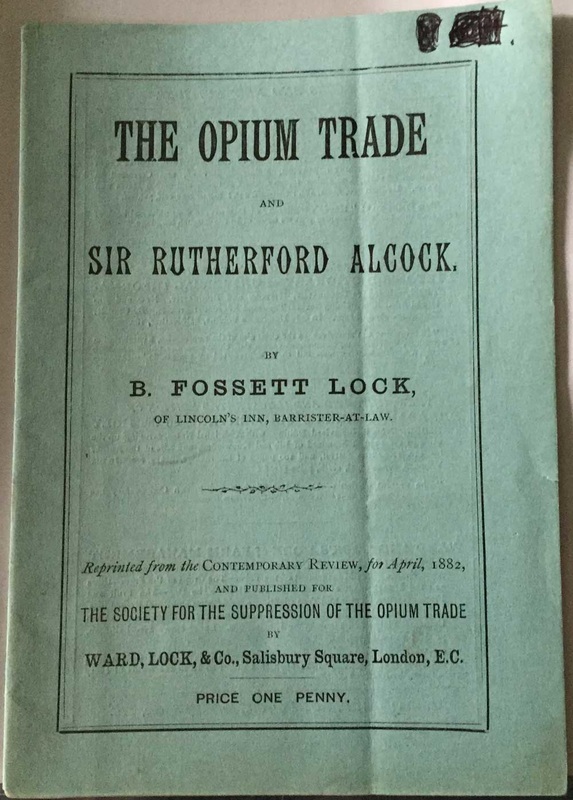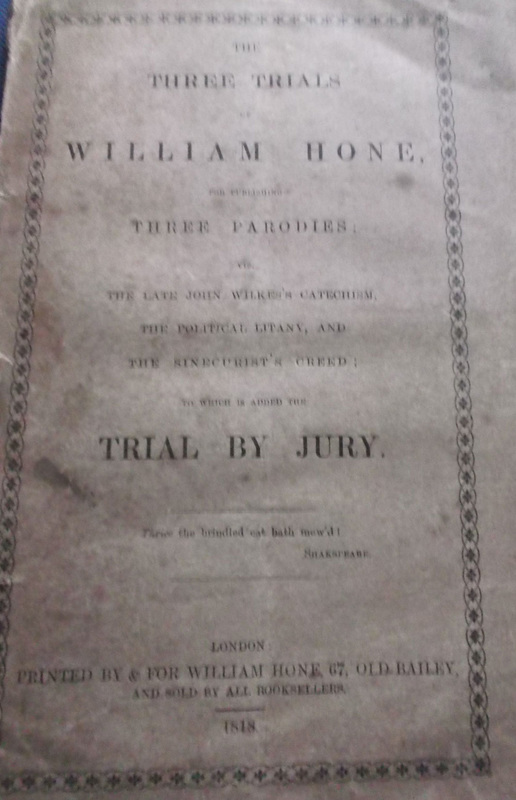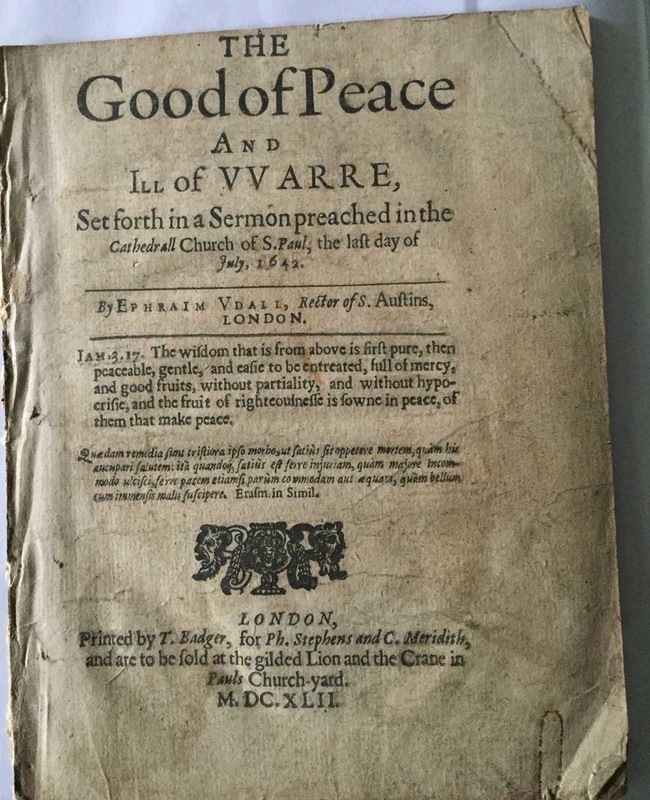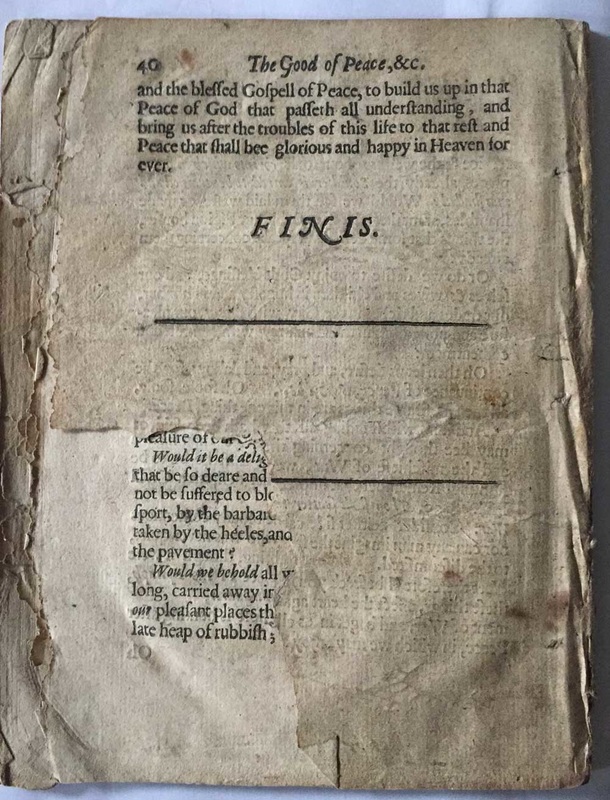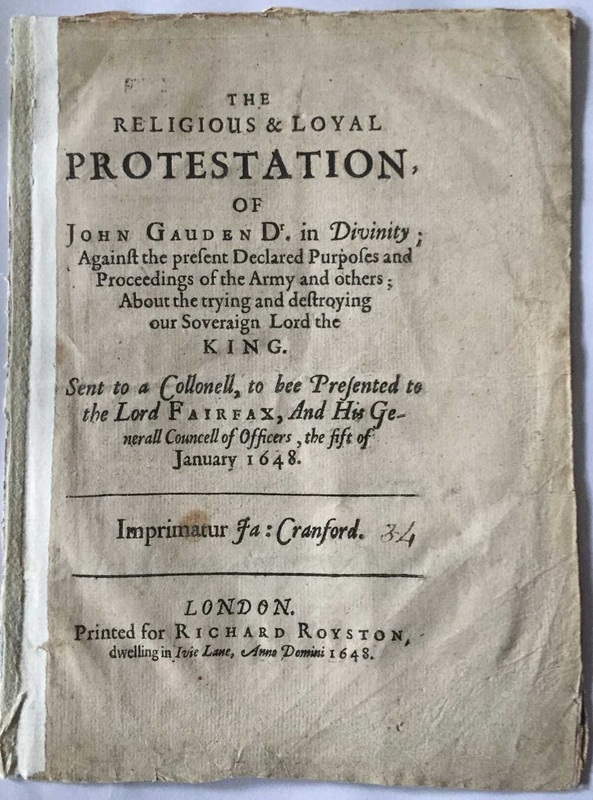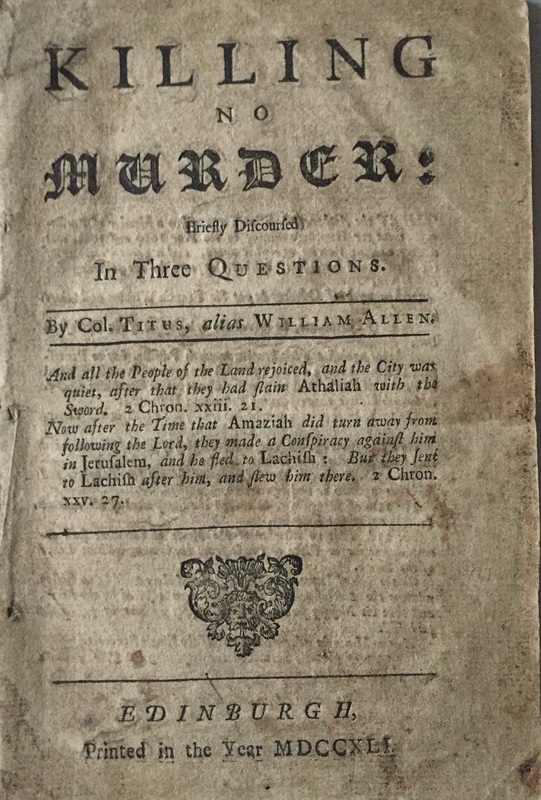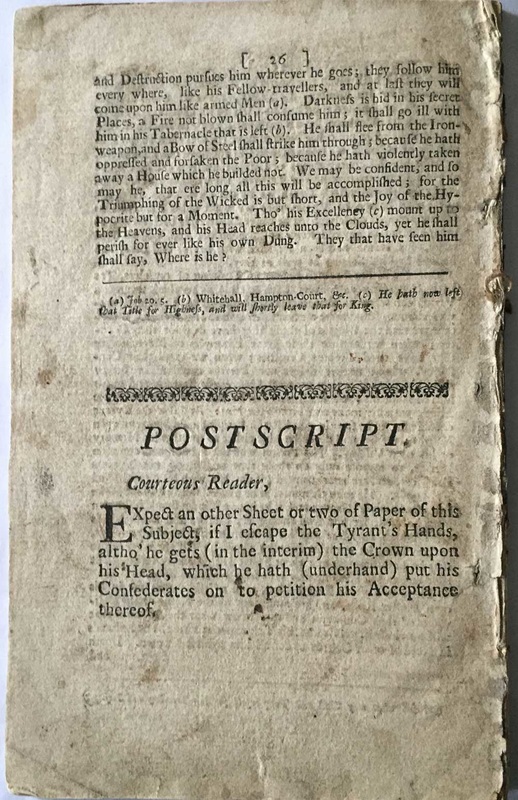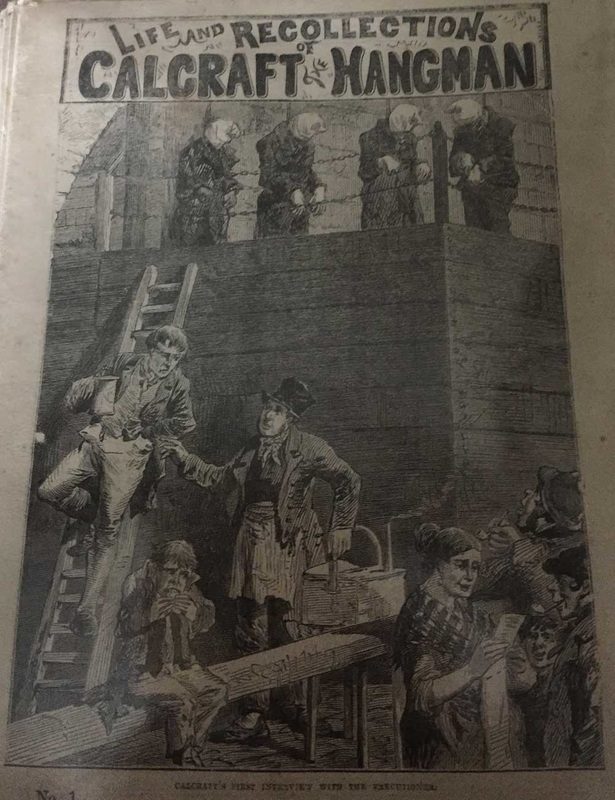1. The Opium Trade and Sir Rutherford Alcock
|
2. THE THREE TRIALS OF WILLIAM HONE
|
3. The Good of Peace and ill of VVarre,:
|
4. The Religious & Loyal Protestation,
|
5. Killing no Murder
|
6. A Penegyrick on
|
7. [CALCRAFT, WILLIAM. 1800-1879.]
|

